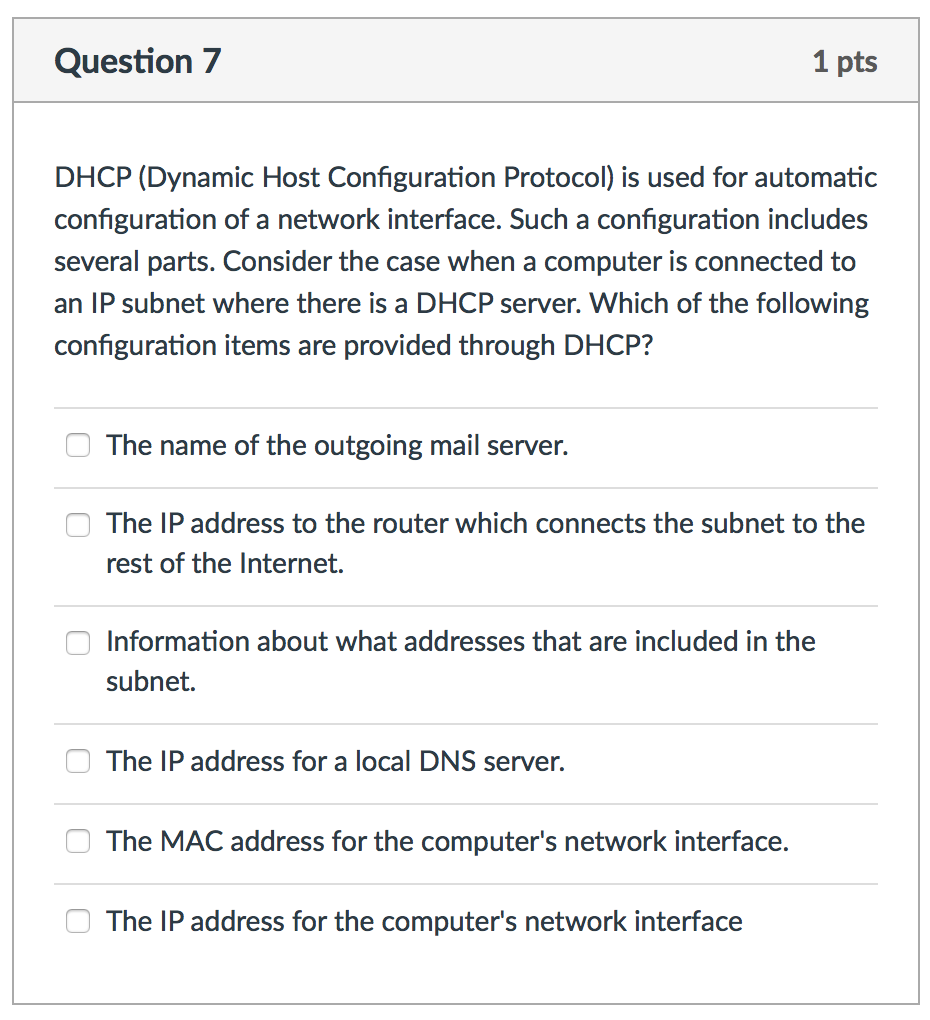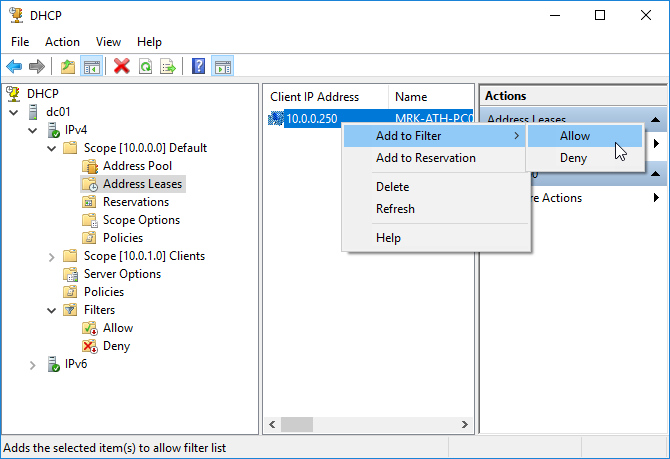
- #DEFAULT TRANSDATA METER THATS SET TO DHCP MANUAL#
- #DEFAULT TRANSDATA METER THATS SET TO DHCP FULL#
- #DEFAULT TRANSDATA METER THATS SET TO DHCP PORTABLE#
- #DEFAULT TRANSDATA METER THATS SET TO DHCP WINDOWS#
This is most typically a server or a router but could be anything that acts as a host, such as an SD-WAN appliance. This is a networked device running the DCHP service that holds IP addresses and related configuration information. Below is a list of them and what they do: DHCP server When working with DHCP, it’s important to understand all of its components. DHCP enables network administrators to make those changes without disrupting end users. Efficient change managementĭHCP makes it simple for an organization to change its IP address scheme from one range of addresses to another. IP address optimizationĭHCP not only assigns addresses, it automatically takes them back and returns them to the pool when they are no longer being used.
#DEFAULT TRANSDATA METER THATS SET TO DHCP PORTABLE#
The forwarding of initial DHCP messages by using a DHCP relay agent, which eliminates the need for a DHCP server on every subnet.DHCP efficiently handles IP address changes for users on portable devices who move to different locations on wired or wireless networks. The efficient handling of IP address changes for clients that must be updated frequently, such as those for portable devices that move to different locations on a wireless network.
#DEFAULT TRANSDATA METER THATS SET TO DHCP FULL#
The ability to assign a full range of additional TCP/IP configuration values by means of DHCP options. The ability to define TCP/IP configurations from a central location. DHCP includes the following features to reduce network administration:Ĭentralized and automated TCP/IP configuration.
#DEFAULT TRANSDATA METER THATS SET TO DHCP MANUAL#
DHCP minimizes configuration errors caused by manual IP address configuration, such as typographical errors, or address conflicts caused by the assignment of an IP address to more than one computer at the same time. Some examples of DHCP options are Router (default gateway), DNS Servers, and DNS Domain Name. Requested DHCP options, which are additional parameters that a DHCP server is configured to assign to clients. The lease duration, or the length of time for which the IP address can be used before a lease renewal is required.Ī DHCP-enabled client, upon accepting a lease offer, receives:Ī valid IP address for the subnet to which it is connecting. This allows consistent assignment of a single IP address to a single DHCP client. Reserved IP addresses associated with particular DHCP clients. Valid IP addresses, maintained in a pool for assignment to clients, as well as excluded addresses. Valid TCP/IP configuration parameters for all clients on the network. The DHCP server stores the configuration information in a database that includes: The network administrator establishes DHCP servers that maintain TCP/IP configuration information and provide address configuration to DHCP-enabled clients in the form of a lease offer. Because the IP addresses are dynamic (leased) rather than static (permanently assigned), addresses no longer in use are automatically returned to the pool for reallocation.
The DHCP server maintains a pool of IP addresses and leases an address to any DHCP-enabled client when it starts up on the network. With DHCP, this entire process is automated and managed centrally. Without DHCP, IP addresses for new computers or computers that are moved from one subnet to another must be configured manually IP addresses for computers that are removed from the network must be manually reclaimed. Why use DHCP?Įvery device on a TCP/IP-based network must have a unique unicast IP address to access the network and its resources. All Windows-based client operating systems include the DHCP client as part of TCP/IP, and DHCP client is enabled by default.
#DEFAULT TRANSDATA METER THATS SET TO DHCP WINDOWS#
Windows Server 2016 includes DHCP Server, which is an optional networking server role that you can deploy on your network to lease IP addresses and other information to DHCP clients. DHCP allows hosts to obtain required TCP/IP configuration information from a DHCP server.


RFCs 21 define DHCP as an Internet Engineering Task Force (IETF) standard based on Bootstrap Protocol (BOOTP), a protocol with which DHCP shares many implementation details. In addition to this topic, the following DHCP documentation is available.ĭynamic Host Configuration Protocol (DHCP) is a client/server protocol that automatically provides an Internet Protocol (IP) host with its IP address and other related configuration information such as the subnet mask and default gateway.


 0 kommentar(er)
0 kommentar(er)
